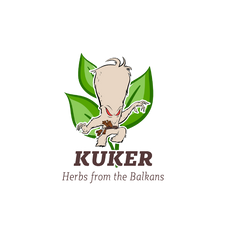
Why are herbs better for the human body than the synthetic extracts equivalents?
Share
Why are herbs better for the human body than the synthetic extracts equivalents?
Everything written in our blog is verified information, taken from books about about herbs. We quote the authors as we believe in original content and don’t want to take credit for anyones hard work. We strongly believe in everything we say and write here. From the time I started learning about herbs, I sensed that there is something special about those little plants.
-
In the modern world everything, related to health and well-being, is overtaken by material expressions – pills, possessions, achievements. Capitalism and marketing created this model for us that everything REAL has to be visible and tangible, and that has turned us into beings with constant hunger for consumption. Our food is produced in controlled environments, rarely freely growing. Our thoughts are entangled in constant digital content. As much as we believed in the great achievements in science and pharma, there was a tipping point. after which the ideology of progress being driven by & for the people has collapsed. Behind it the processes were driven by and for financial gains. You don’t need to be a conspiracist anymore, to see that.
Having said that, I decided to show you that herbal medicine has been a part of the human life for millennia and it is the best way to stay healthy and real in a world of artificial intelligence. We aim to give you hope and trust in the natural ways, and give you the chance to learn something new about herbs.
-
Herbs in the Ancient times
Many Ancient monuments and archeological finds prove the existence of medical art amongst the Ancient people. The oldest written record of herbal medicine goes back around 5000 BC in the Sumerian times, the famous clay tablets, known as the “Treatise of Medical Diagnosis and Prognoses”, consisting of 40 clay tablets with information about herbal plants and medical procedures with plants. There are clay tablets from Assyria (2000 BC), that even describe the course of a certain diseases and plants, that were used to treat them.
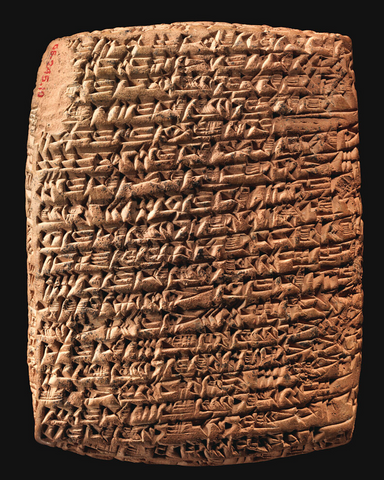
(Src. https://www.metmuseum.org/)
“The tablets left by the Assyrians, with inscriptions on how to treat with medicinal plants, are written in Assyrian, Babylonian and Sumerian languages. This shows that these people used medicinal plants for medicinal purposes. The ancient Egyptians used the medical achievements of the Assyrians and Babylonians, and expanded their knowledge of medicinal products, and here they used mainly plants.”
The famous Ebers papyrus from 1550 BC, found by Edwin-Smith also describes the treatment of wounds, fractures, sprains and more with medicine extracts from plant origin.
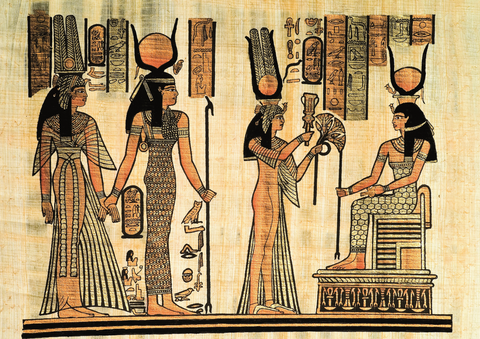
(Src: https://planetherbs.com/)
"Furthermore, medical plants are found in Ayurveda works from 900 BC. In addition, Hippocrates, Dioscorides, Galen, Paracelsus, and Arab scholars in Europe kept detailed notes regarding the use of medicinal plants. In Ancient Greece, herbs were also known as a healing agent. The father of Greek medicine Hippocrates (460 – 377 BC) described 236 medicinal plants that were used at that time. He uses all parts of the plant for medicinal purposes. Aristotle (384 BC) wrote the book "Treatise on Natural History", where he described in detail the known medicinal plants and their ways of use."
Ancient Rome inherited the knowledge of Greek medicine, further developed and enriched it. The Roman scholar Pliny (79 BC) wrote a multi-volume encyclopedia of the natural sciences under the name Hystoria Naturalis. After the Romans, the Arabs had serious studies in the field of ancient medicine. They were the first to introduce the application of medicinal plants to animals and the first to establish the science of poisons and antidotes.
In the 2nd century AD the Arabs opened the medical schools, and in the 3rd century they founded the Academy of Sciences. For the first time, medical practice was separated from pharmacy practice and the pharmacopoeia was introduced. Arabs knew over 1,600 medicinal plants.
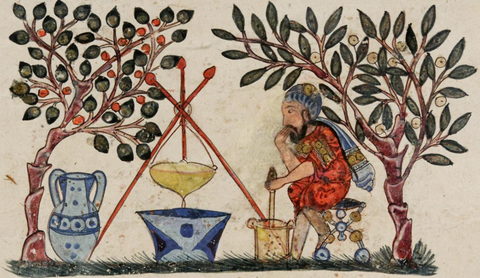
(Scr: https://encyclopedia.pub/)
-
Herbal remedies in the modern times
For many of our contemporaries, medicinal plants represent something outdated, a forgotten past from the Ancient times. Undoubtedly, the successes of synthetic chemistry with its “unlimited capabilities” to treat all kinds of diseases that humanity suffers from, gave us the impression that any real treatment is created by humans. This belief in the unlimited possibilities of chemistry was shaken by the discovery of a new type of medicinal substance derived from plants. It concerns the so-called antibiotics - medicinal preparations obtained from certain types of fungi and related to them organisms. The success of penicillin led many to turn to the old inexhaustible source of drug creation - plants. Of course, the successes of synthetic chemistry and its capabilities should not be underestimated, but we should also realise that plants have still a lot more to give to our medical world. We are only saying that it shouldn’t be one or the other, but both drive medicine forward.
One of the main tasks of phytochemistry (phyto – plants) in the field of plants is to isolate chosen active substances from herbs, separate them from given unnecessary ones and, if possible, synthesize them chemically (meaning produce them in a lab, instead of extracting them from plants every time). Unfortunately, this process of extraction also removes plenty of other useful substances that are contained in the plant species and would have a beneficial effect on human health. You might think that taking the pure synthetic version of a substance is better for you, but this is not true. For example, synthetic Vitamin C cannot replace vitamin C from rose hips. Rosehip contains Vitamin C, however it also contains provitamin A, vitamin K, fruit acids, sugars and other substances. In other words, the plant combination of sustances as a whole is much better for the organism, than just the extracted Vitamin C. It is still Vitamin C, but it lacks the rest of its “buddies” that help the whole process of absorption and delivery of healthy nutrients to the cells.
Many of the plant's constituents have a better healing effect when the whole plant is used rather than its individual chemical constituents. This is due to the mutual influence (or cooperation) of the various substances contained in the plant. For example, the glycosides in some plants in their pure state are mildly soluble in water. However, when they are taken as an infusion from the whole plant, they dissolve in water due to the mutual action of the substances contained in it, such as saponins, organic acids, etc. Logically, nature has though of everyrthing, it has saturated a simple plant with many substancess, and has made it a healthy composition of substances, rather than a healthy substance.
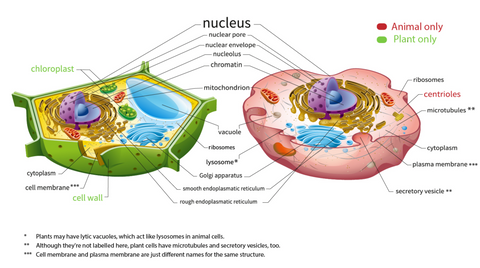
(Scr: https://cdn.hswstatic.com)
-
We always face the debate of: Why are herbs better for the human body than pure extracts of the same substance, done in a controlled certified environment?
The “control” gives us confidence and trust, or so we have been taught to think that way. According to Gamerman (“Plant Healers”, Moscow, 1963) , the advantage medicinal plants have over substances created by pharmaceutical chemistry in a controlled environment is not only in the combination of substances. It is that the plant substance is formed in the living cell. Whatever the difference between plants and animals, still the basic unit - the cell – remains the building unit, of which the body of plants and animals is composed, hence it inevitable has many things in common. It is not so much in the structure of the cell as it is the similarity of important bio-chemical processes occurring in the cells of animals and plants. The substances contained in the plant cell always adapt to the vital activity in the cells of other organisms because this is what nature does – it adapts – it is called evolution and it occurs only in living organisms. This adaptability is due not so much to the similarity and accuracy of the organization of the atoms in the molecule of this or that substance. This adaptability is due to the presence of other accompanying substances in the cells, that facilitate the processes within the cell and its substance exchange processes in and out of the cell.
In other words – it is not just the substance units, but the processes of exchange between living organisms – that make the herbs so healthy and effective within the human body. Over millions of years, animals were feeding on herbs & other plants that were the main sources of food. They adapted to the substances contained in these plants and built their body. This nutritional relationship between animals and plants has also become the cause of a close chemical relationship between the constituent parts of plants and the normal functioning of the organs of animals and man. These are one of the main reasons for the superiority of medicinal natural substances (contained in herbs) over chemical ones (created in labs).
We can’t recreate natural processes.
We can re-create its results – substances – however, we can’t recreate natural processes. We can only be part of it. So next time you think about yourself and your wellbeing, think about the natural processes that the body needs – from the body, mind and spirit.
Be yourself, be organic.
(Source: "Herbs in Bulgaria and their uses", publ. Zemizdat, 1971)

